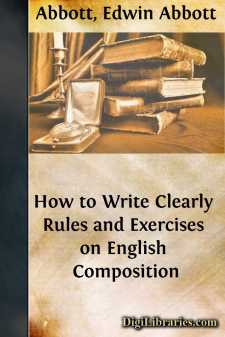Categories
- Antiques & Collectibles 13
- Architecture 36
- Art 48
- Bibles 22
- Biography & Autobiography 813
- Body, Mind & Spirit 142
- Business & Economics 28
- Children's Books 17
- Children's Fiction 14
- Computers 4
- Cooking 94
- Crafts & Hobbies 4
- Drama 346
- Education 46
- Family & Relationships 57
- Fiction 11829
- Games 19
- Gardening 17
- Health & Fitness 34
- History 1377
- House & Home 1
- Humor 147
- Juvenile Fiction 1873
- Juvenile Nonfiction 202
- Language Arts & Disciplines 88
- Law 16
- Literary Collections 686
- Literary Criticism 179
- Mathematics 13
- Medical 41
- Music 40
- Nature 179
- Non-Classifiable 1768
- Performing Arts 7
- Periodicals 1453
- Philosophy 64
- Photography 2
- Poetry 896
- Political Science 203
- Psychology 42
- Reference 154
- Religion 513
- Science 126
- Self-Help 84
- Social Science 81
- Sports & Recreation 34
- Study Aids 3
- Technology & Engineering 59
- Transportation 23
- Travel 463
- True Crime 29
Night Bombing with the Bedouins
Categories:
Description:
Excerpt
CHAPTER I
PER ARDUA AD ASTRA
In prehistoric times the first man to make for himself a stone hatchet probably became the greatest warrior of his particular region. He may not have been as strong physically as his neighbor, but with the aid of so marvellous an invention as a stone hatchet he undoubtedly conquered his enemies and became a great prehistoric potentate, until some other great man made a larger and stronger hatchet; so down to the present invention has followed invention and improvement has been added to improvement to such an extent that it is difficult to imagine what new weapon of destruction man can develop in the future.
What would the past generation have said of a man who had prophesied great armies fighting in the air? Even in the early months of the war there were but few who realized what an important part of the war was to be carried on in the newly conquered element. When the infantry saw an occasional box-kite-looking machine drifting slowly over the lines, struggling to keep itself aloft, how many, I wonder, foresaw that in a few months these machines would be swooping down on them like swallows, raking them with machine guns by day and bombing them by night? How many artillery officers laughed at the suggestion that a day was coming when thousands of great guns would be directed from the air? Yet in a few short months two great blind fighting giants, their arms stretching from the Belgian coast to the Swiss border, learned to see each other; and their eyes were in the air.
The first aeroplanes to cross the lines carried no armament; they were for reconnaissance work only; they would fly a few miles back of the enemy lines, have a good look around, and then come back and report what they had seen. Often British and German machines would pass quite close to each other. Flying was considered sufficiently dangerous, not to add a further danger to it by attacking enemy machines.
The Germans, however, because they greatly outnumbered the British in the air, had more eyes to see with; something had to be done; so rifles were carried by the British and a finer sport than shooting ducks came into vogue. This quickly led to the carrying of machine guns. Ingenuity in devising sights to compensate for the speed of our own machines and to gauge a proper deflection according to the speed and angle of approach of the enemy machine, soon decreased the advantage the enemy aviators had through superior numbers.
For example, if our machine was flying at the rate of one hundred miles per hour and the enemy's machine was travelling past us in the opposite direction at an equal rate, our fore-sight nullified our motion and enabled us to shoot as if from a stationary base, while our back-sight helped us to gauge that imaginary point at which to shoot where our bullets and the enemy machine would meet. In other words, we shot at an enemy machine although we ourselves were travelling rapidly, exactly as a sportsman shoots at a bird on the wing.
Then a new aeroplane was developed, the single-seater tractor, with a Vickers gun, synchronized to shoot through the rapidly revolving propeller so as to avoid the blades. These machines were used to patrol the lines and keep enemy machines from crossing, or to accompany a reconnaissance machine as protector; for they were very much faster, easier to manœuvre, and altogether very much more efficient fighters. At first they operated singly, but it was soon discovered that two of these scout machines operating together invariably obtained better success than when operating alone. This led to formation flying, and up to the cessation of hostilities these formations grew in size and varied in shape....












